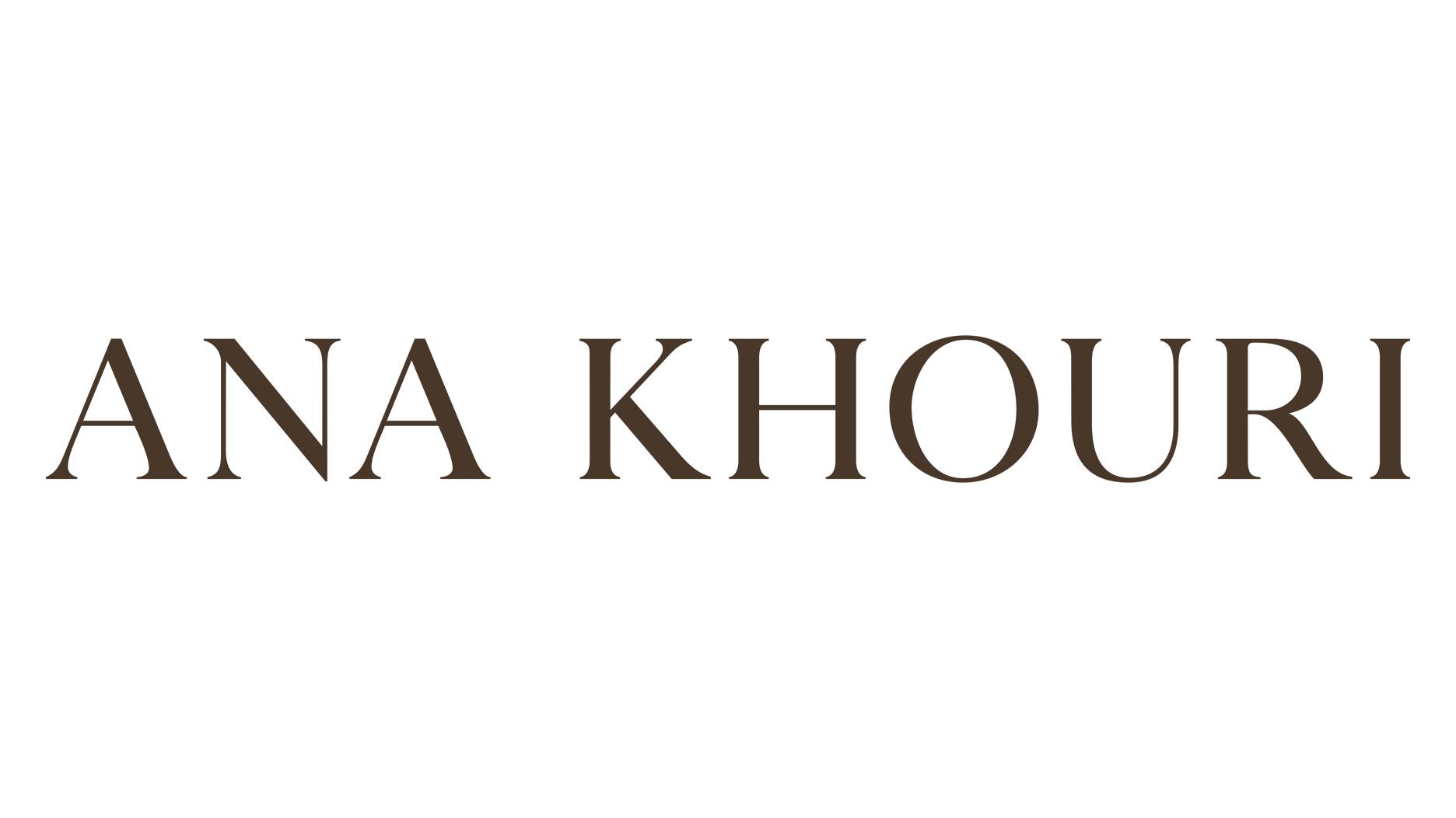Chris Blakeslee has experience at Athleta and Alo Yoga. Kendra Scott will remain on board as executive chair and chief visionary officer.
Live From Tucson: 7 Updates on the Gemstone Market
Two executives from GemWorld International talked pricing, what’s selling and the biggest issues facing the sector today.
Tucson, Ariz.--There’s no better place than the Tucson gem shows to get an idea of where the market is today.
Thursday morning, GemWorld International President Richard Drucker and Vice President and Research Director Stuart Robertson did just that at AGTA GemFair.
They outlined a number of market developments and trends they’ve noticed, from what’s selling to the levels of the supply and demand for a variety of colored gemstones.
Here’s what they had to say.
1. The story of the two-level market continues.
Activity in the gemstone sector for the past few years has largely been at the high end and the low end, with very little activity in the middle, and that hasn’t changed, Robertson said.
The higher end is seeing strong demand, something a number of exhibitors told National Jeweler before the shows, because of tight supply.
The lower end has gotten “overproduced” and so prices are suffering, Robertson said, adding that sales are OK but are moving to internet sellers and other non-traditional methods of selling.
The middle tier, meanwhile, is “average at best” in terms of demand. This historically has been the “bread-and-butter” for the gemstone industry, and as long as this continues, the industry will likely continue to see the trend of more traditional stores closing faster than they’re replaced.
2. Reliance on memo is an issue.
More retailers are relying on memo to stock their stores, but the wholesale side of the trade cannot support themselves in that format or source product this way, Robertson said.
If the trend of over-reliance on memo continues and the wholesale side is expected to finance the retail side without any additional compensation for it, the market will narrow and the retail side will get hurt the most, he added.
3. Ruby and sapphire prices are declining.
With the exception of the higher-grade material, ruby prices are down, which is due in part with the increase in supply of material from Mozambique.
Sapphire prices also are down, for the most part; there’s a slight increase in price, between 5 and 10 percent, in Burmese unenhanced sapphires. Sapphire production is higher as more sources have come online.
4. Emeralds are poised for change and activity.
GemGuide has predicted higher demand for emeralds, not only because the green gemstone has seen the smallest amount of price increase among the “big three” in the past decade, presenting the
Drucker said production of Colombian emeralds appears to be consistent, and Zambian production is good and accessible to the market while the supply of Brazilian material is reportedly low.
Ethiopia, meanwhile, is poised to be an important source for emeralds, Drucker said.
RELATED CONTENT: 5 Things to Know About Ethiopian EmeraldsRobertson added that there’s been a lot of buzz about Ethiopian emeralds and they expect the stones to be one of the more popular gems at the show this year. Supply is good and pricing is attractive, though Robertson said it appears many of the dealers offering it still are trying to feel out the market to see where it settles.
U.S. dealers are focusing on the emeralds from Ethiopia that have little to no enhancement.
Colombian emeralds, meanwhile, are trading at prices 20 to 25 percent below those of Zambian emeralds right now.
5. There’s growth in unique stones.
Drucker said they’re seeing growth in demand for “non-classic gems” (those outside sapphire, emerald and ruby) and enhanced lapidary materials. He noted that at the show, the busiest booths seemed to be those that were selling unusual materials, gemstones such as chalcedony, sugilite and Sonora chrysocolla.
6. There’s also growth among many other well-known gems.
Here are the other gems Drucker said were doing well: garnet, which has become popular in almost all of its colors and benefits from being a color substitution for a number of more expensive gems; aquamarine; morganite; tourmaline; zircon; spinel; and American-sourced gems.
7. Treatments remain a major challenge for the market.
Robertson said today there are, generally speaking, more treatments and less disclosure.
He added that the issue doesn’t just involve people not knowing exactly what’s being done to the material, but also not knowing how to relay it.
“What we’re seeing is a return to using codes on invoices, codes on lab reports, as opposed to spelling out the actual details of a treatment, and that’s problematic.”
The codes developed to talk about treatment disclosure were never meant to be used on lab reports or retail receipts for a consumer. Now, the consumers don’t have any real way to make sense of those codes.
The Latest

The credit card companies’ surveys examined where consumers shopped, what they bought, and what they valued this holiday season.

Kimberly Miller has been promoted to the role.

How Jewelers of America’s 20 Under 40 are leading to ensure a brighter future for the jewelry industry.

The “Serenity” charm set with 13 opals is a modern amulet offering protection, guidance, and intention, the brand said.


“Bridgerton” actresses Hannah Dodd and Claudia Jessie star in the brand’s “Rules to Love By” campaign.

The jewelry manufacturer and supplier is going with a fiery shade it says symbolizes power and transformation.

Roseco’s 704-page catalog showcases new lab-grown diamonds, findings, tools & more—available in print or interactive digital editions.

The singer-songwriter will make her debut as the French luxury brand’s new ambassador in a campaign for its “Coco Crush” jewelry line.

The nonprofit’s new president and CEO, Annie Doresca, also began her role this month.

As the shopping mall model evolves and online retail grows, Smith shares his predictions for the future of physical stores.

January’s birthstone comes in a rainbow of colors, from the traditional red to orange, purple, and green.

The annual report highlights how it supported communities in areas where natural diamonds are mined, crafted, and sold.

Footage of a fight breaking out in the NYC Diamond District was viewed millions of times on Instagram and Facebook.

The supplier has a curated list of must-have tools for jewelers doing in-house custom work this year.

The Signet Jewelers-owned store, which turned 100 last year, calls its new concept stores “The Edit.”

Linda Coutu is rejoining the precious metals provider as its director of sales.

The governing board welcomed two new members, Claire Scragg and Susan Eisen.

Sparkle with festive diamond jewelry as we celebrate the beginning of 2026.

The master jeweler, Olympian, former senator, and Korean War veteran founded the brand Nighthorse Jewelry.

In its annual report, Pinterest noted an increase in searches for brooches, heirloom jewelry, and ‘80s luxury.

Executive Chairman Richard Baker will take over the role as rumors swirl that a bankruptcy filing is imminent for the troubled retailer.

Mohr had just retired in June after more than two decades as Couture’s retailer liaison.

Shekhar Shah of Real Gems Inc. will serve as president of the Indian Diamond & Colorstone Association in 2026.

This year’s good luck charm features the mythical horse Pegasus, and is our first Piece of the Week of the new year.

Articles about crime, engagement rings, and a necklace worn in the World Series generated the most interest among readers.

As part of the leadership transition, Sherry Smith will take on the role of vice president of coaching strategy and development.




























